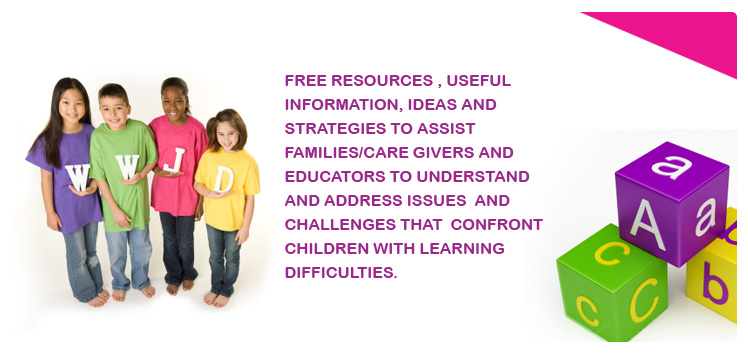

Success Strategies
I call these
“No 1 Options”
Although there is no instant fix to a spelling problem, there are some things that can help a child to see some quick results and begin to believe that they can spell.
The most important aspect of spelling is a willingness to have a go and not be afraid of getting it wrong. This stage is very simplistic with basic spelling patterns but can achieve some amazing results.
I have isolated some of the most common forms of spelling certain sounds and if children learn these and apply them, their chances of spelling successfully improves considerably. More words have these spelling patterns than others. Once these are mastered, I teach the children when to use other patterns.
For example : y or ey. No 1 Option is y and later I use the leykeyney (Leaky knee) programme that gives some reasons for choosing ey.

The Vowel Sounds – No 1 Options
Bossy e at the end of a word in a VCV (vowel consonant vowel) pattern makes the vowel a BIG sound or say its name.
home came
Double consonants (twins) or two different consonants after a vowel make the vowel a small sound.
I show all the endings with the same sound that children will come across but highlight their No 1 Option. This will be covered in more detail in the Resources/membership page.
No 1 Option
“u” – er ar a or re er
father mother sister
“l” – le el al ol le
giggle table considerable
“shun” – tion sion ssion cian cion tion
nation station notion
“us” – multi syllable words us ous ous
famous disastrous monstrous
“E” – y ey e ee ie y
funny happy silly
“d” “t” “ed” for something that has already ed
happened
jumped shaded rained
“cher” – ture cher ture
adventure picture future
One of my students, Riley, who is dyslexic, came up with a novel way to remember “tion” by saying “I know it”. I was confused until he showed me that it says “no it” backwards!! Encouraging children to come up with their own strategies is very important and they constantly amaze me with their ingenious ideas.
Options for sounds in words :
Always use a c rather than a k for the “k” sound unless the vowel after it is an e i or y which makes c sound “s”.
Bossy w (and wh) makes a an “o” sound, ar an “or” sound and or an “er” sound. That’s why we say “woz” for was and no, it is not just an exception to the rule!!! The only 3 words that children may use that have “wo” instead of “wa” are wonky, wobble and woggle.
“When two vowels go walking, the first usually does the talking!” ………. one of the sayings from my students! If spelling boat for instance…….the o is first because it says its name. Mention that there are some vowels together that do not do this but make a different sound altogether…….oi oy au oo for example.
These will give children a head start and some instant strategies to use. I have had some very excited young people who suddenly do better in their spelling tests in class just by applying these basic principles.
©Playground Sound
This website has been made possible thanks to Layne Beachley’s “Aim for the Stars” Foundation.